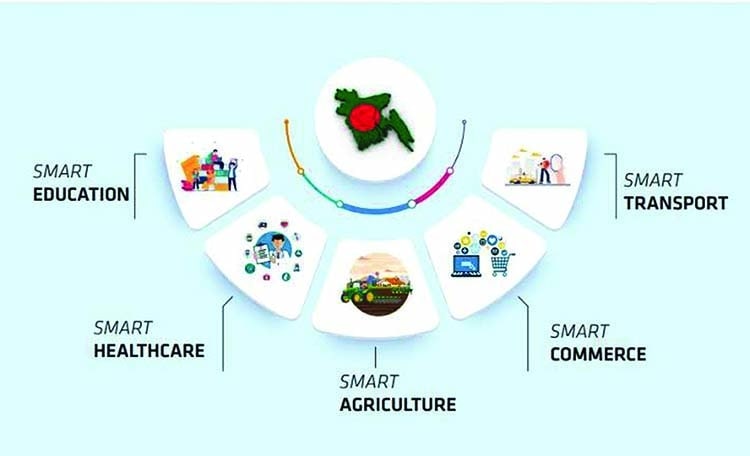The article delves into the crucial aspect of research: the research problem. Understanding the significance of a well-defined research problem is key to the success of any research project. The article discusses what a research problem is, how to identify and define it, and the importance of defining a research problem. The article also provides a step-by-step guide to help researchers in the process of defining a research problem. This article is a comprehensive resource for researchers looking to understand the concept of research problems and how to effectively define them.
Table of contents
Introduction
The success of any research project depends on the proper identification and definition of the research problem. A research problem is a statement about an area of concern, a condition to be improved upon, a difficulty to be eliminated, or a troubling question that exists in scholarly literature, in theory, or in practice that points to the need for meaningful understanding and deliberate investigation. Research problems serve as a guide for the researcher in conducting research and aid in decision-making during the entire research process.
What is a Research Problem?
A research problem is a statement or question that describes a gap in knowledge, or a difficulty that needs to be addressed or solved. It is the foundation of a research project, providing the framework and direction for all other aspects of the research process. The research problem sets the stage for the research project and provides a clear understanding of what needs to be accomplished.
Identifying a Research Problem
Identifying a research problem can be challenging, as it requires a deep understanding of a particular topic, an awareness of the current knowledge, and a willingness to identify gaps or questions that require further exploration. There are several strategies to identify a research problem, including:
Reviewing the literature: Reading existing literature on a topic, and identifying areas where more research is needed.
Observing practice: Observing and exploring the practices, processes, and procedures that are used in a particular area, and identifying areas that could be improved.
Identifying personal experiences: Examining personal experiences, and recognizing areas where knowledge or understanding could be improved.
Characteristics of a Good Research Problem
A good research problem should possess the following characteristics:
Relevance: The research problem should be relevant and significant to the academic and practical world.
Feasibility: The research problem should be feasible and realistic in terms of time, resources, and expertise required to solve it.
Originality: The research problem should be original and not already addressed in previous research.
Clarity: The research problem should be clearly defined and easy to understand.
Importance: The research problem should be important and provide a significant contribution to the field of study.
Importance of Defining a Research Problem
Defining a research problem is crucial for several reasons:
Guides the research: A well-defined research problem provides a clear and concise direction for the research project, helping to ensure that the research is focused and on-topic.
Improves the quality of research: A well-defined research problem can improve the quality of research by ensuring that all aspects of the research project are well-planned and executed.
Increases the chances of success: A well-defined research problem increases the chances of success by providing a clear understanding of the goals and objectives of the research project.
Helps in decision-making: A well-defined research problem helps in decision-making by providing a clear understanding of what needs to be accomplished and what resources are required to accomplish it.
Steps to Define a Research Problem
Defining a research problem is a critical and complex process, and the following steps can be helpful:
Choose a topic of interest: Choose a topic that is of interest and relevant to your field of study.
Conduct a literature review: Conduct a comprehensive literature review on the topic to identify areas where further research is needed and to gain a deeper understanding of the current knowledge on the topic.
Identify gaps in the literature: Identify areas in the literature where there are gaps or questions that require further exploration.
Formulate a research question: Based on the gaps identified in the literature, formulate a research question that addresses the need for further investigation.
Refine the research question: Refine the research question to ensure that it is clear, concise, and feasible.
Justify the research problem: Justify the research problem by explaining why it is important and how it will contribute to the field of study.
Conclusion
A research problem is the foundation of any research project, and its proper identification and definition are crucial for the success of the research project. A well-defined research problem provides a clear and concise direction for the research project and helps to ensure that the research is focused and on-topic. The process of defining a research problem requires a deep understanding of the topic, a comprehensive literature review, and a willingness to identify areas that require further exploration. By following the steps to define a research problem, researchers can improve the quality of their research and increase their chances of success.
Bibliography
- Creswell, J. W. (2014). Research design: qualitative, quantitative, and mixed methods approaches. Sage publications.
- Trochim, W. M. (2006). Research methods knowledge base. Cincinnati, OH: Atomic Dog Publishing.
- Yin, R. K. (2014). Case study research: design and methods. Sage publications.
- Green, P. E., & Salkind, N. J. (2016). Using SPSS for Windows and Macintosh: analyzing and understanding data. Pearson.
- Sarantakos, S. (2013). Social research. Palgrave Macmillan.



 For all latest articles, follow on Google News
For all latest articles, follow on Google News